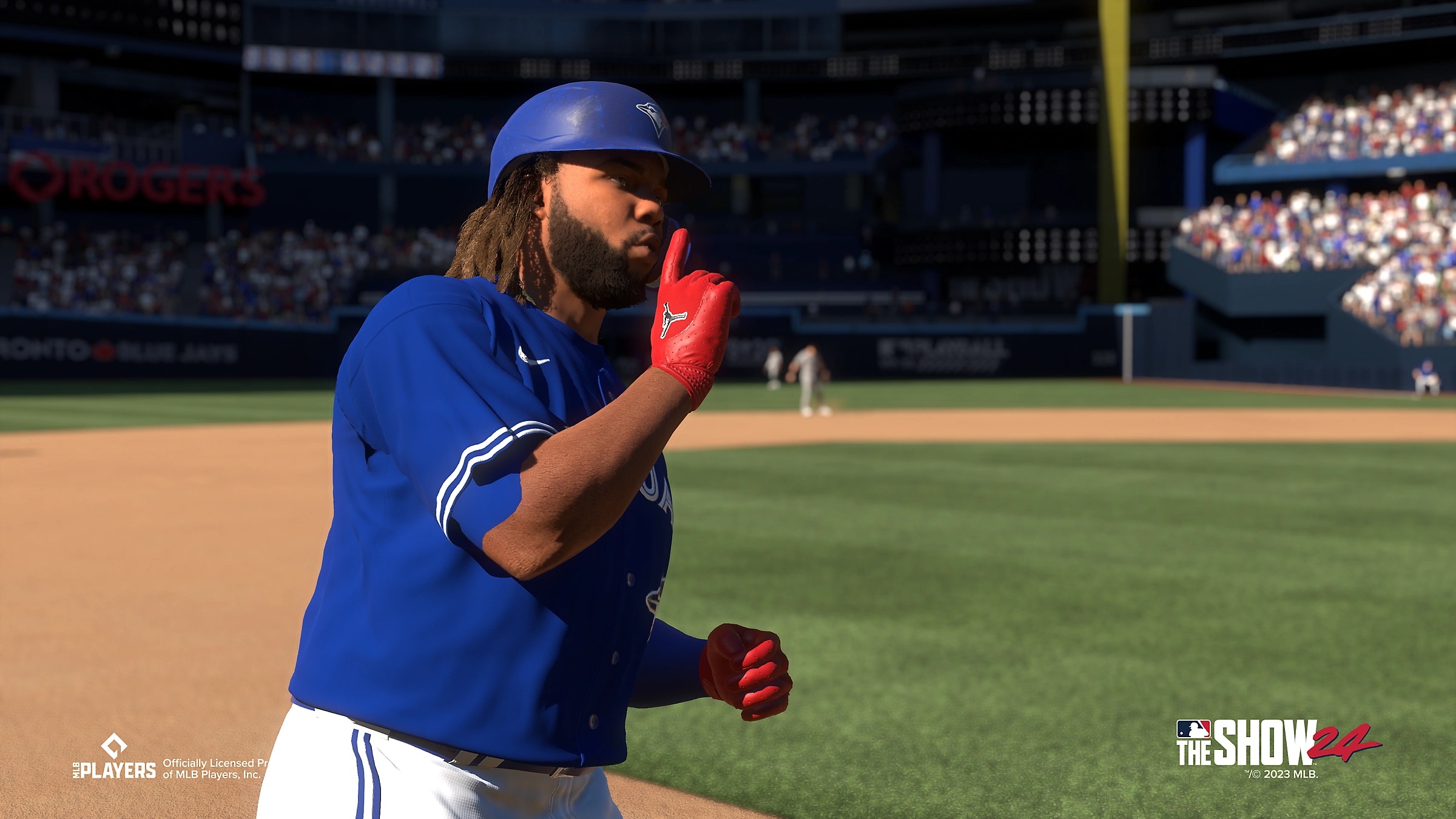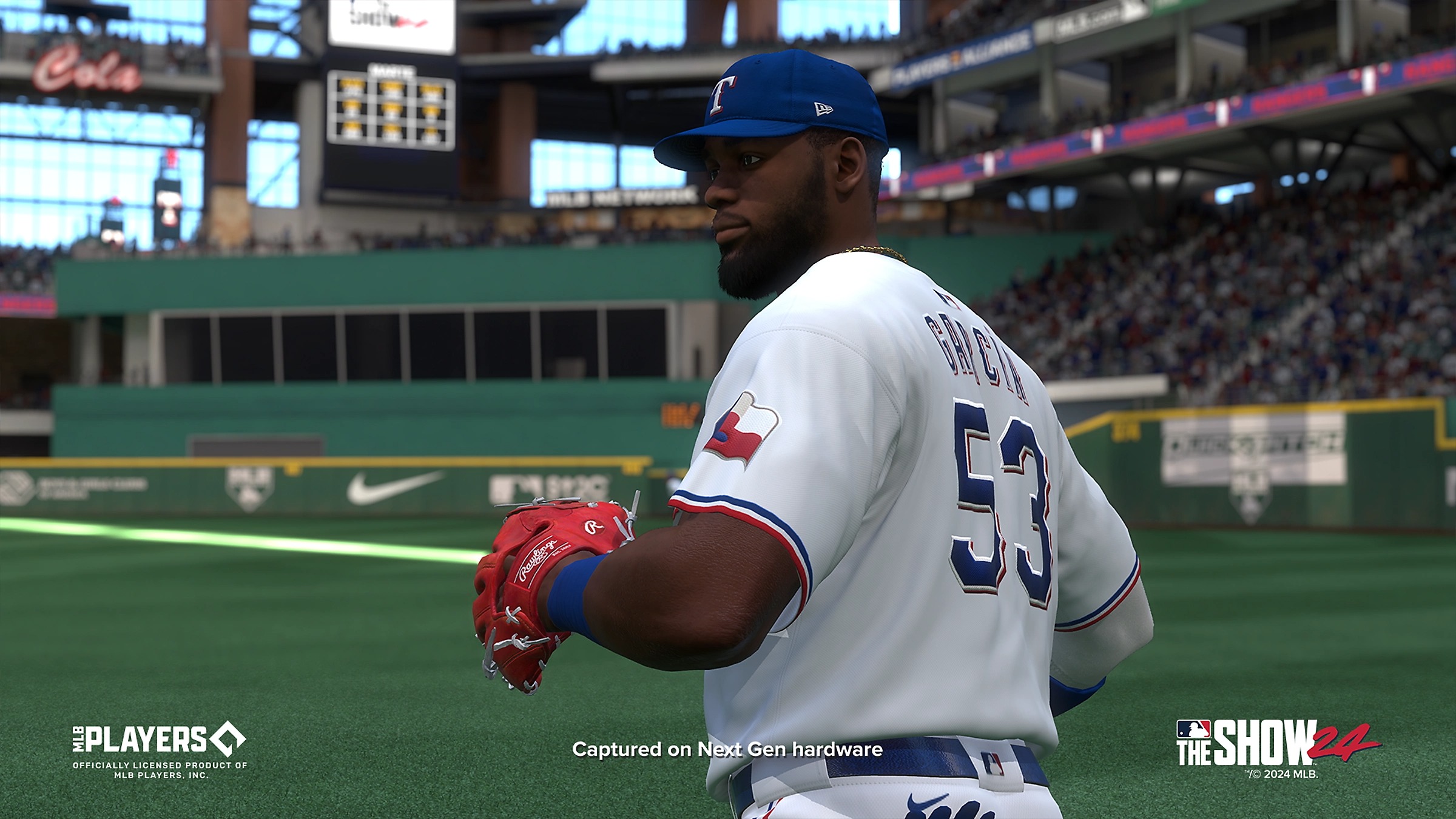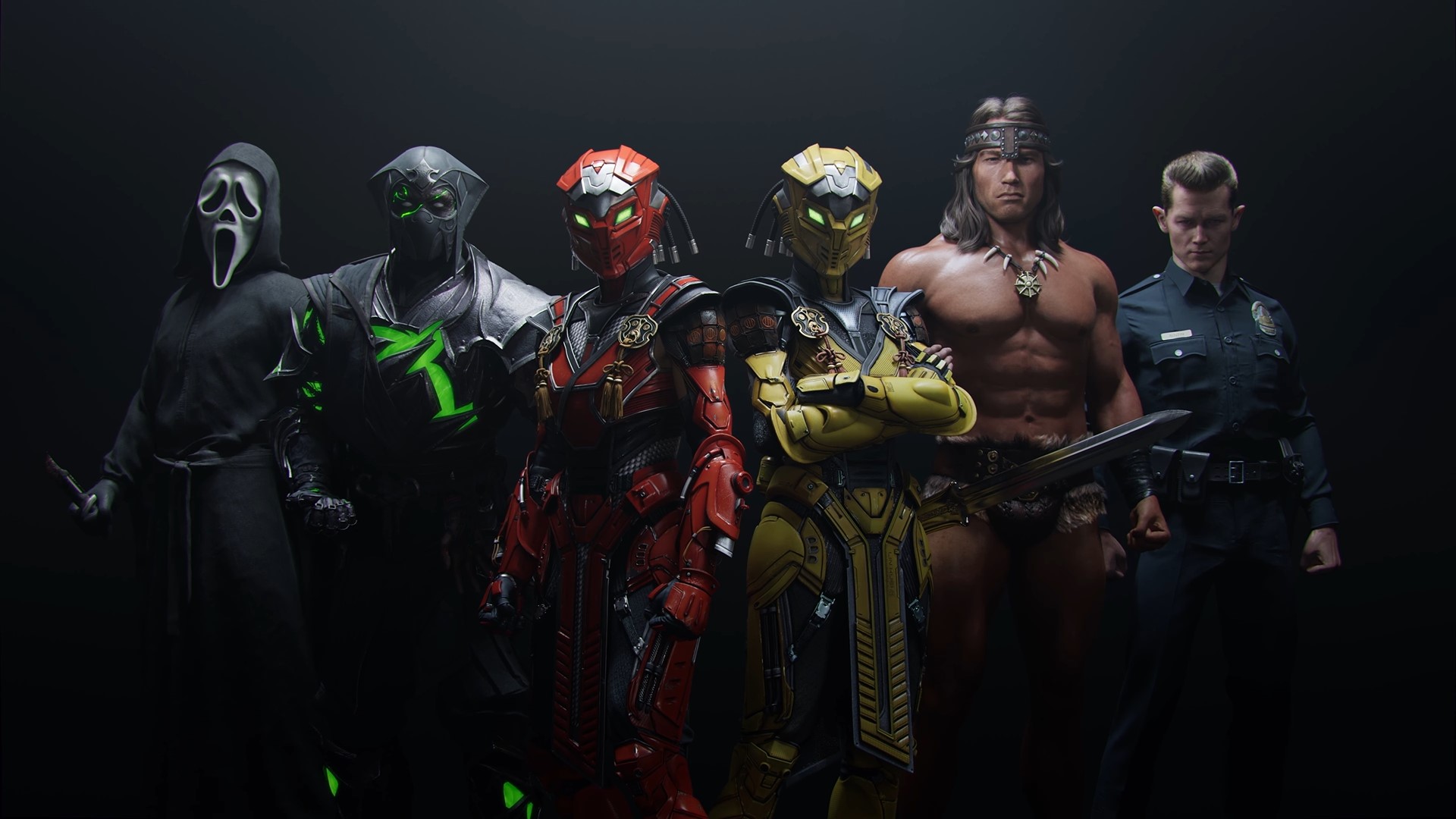
Baseball is at its best when it balances honoring its past with innovating for the future. As such a historic game, baseball’s history is as meaningful as any sport’s, but even changes like a pitch clock and the growing support for automated strike zones show that innovation is vital to the sport’s continued success. MLB The Show as a franchise faces a similar battle, holding its own as the continued leader in baseball video games while trying to innovate on its stellar baseball gameplay to keep it from feeling stale. The Show 24 shows signs of relying too much on the past, with marginal gameplay improvements and its main new content a continuation of the Storylines mode introduced last year, but its charm, tight gameplay, and wide-ranging suite of modes remain to make MLB The Show 24 another great entry in the franchise.
If you’ve played The Show before, this year’s entry will be familiar to you. On the offensive side of the ball, developers San Diego Studio have chosen to not fix what isn’t broken, providing very few significant changes to gameplay. In fact, aside from the annual updates to the score bug and on-screen icons, it’s difficult to differentiate this year’s hitting from last year’s. The same applies to pitching, which has virtually identical gameplay to past years, though a few quality-of-life improvements under the hood make themselves known, including a few new additions to Pinpoint Pitching, hitters no longer feeling like they foul off an unreasonable number of pitches, and the aforementioned pitch clock keeping the pace up. It’s not a terrible decision to keep these mechanics mostly unchanged, as they still offer a ton of variety and difficulty options, including dynamic difficulty settings, but it certainly isn’t reinventing the wheel.
“The Show 24 shows signs of relying too much on the past, with marginal gameplay improvements and its main new content a continuation of the Storylines mode introduced last year, but its charm, tight gameplay, and wide-ranging suite of modes remain to make MLB The Show 24 another great entry into the franchise.”
Defensively, there are some more noticeable changes, particularly in the animations. On top of those carried over from past iterations, defenders at all positions have a lot more variety in how they act during a play. A shortstop might, for example, go behind the back with a toss to second when turning a double play, while an outfielder may throw himself into a tumble when trying to throw out a runner tagging up. These animations, combined with better visuals and consistently excellent broadcast, provide an improved presentation to this year’s game. Defense has also added a new mechanic on significant long throws, introducing a quicktime event that has you tap a sequence of buttons correctly to make an accurate deep throw, like a shortstop throwing from the hole or a right fielder throwing to third base. Again, none of these changes make the actual gameplay materially different from past years, but at least on defense there’s some more variety to how things play out and a slight tweak in skill needed for some of the more difficult plays.
Evidently, then, the biggest change in The Show this year comes in the level of content and the various way through which you can engage with this historic game. Last year introduced the Storylines mode with a focus on the Negro Leagues, allowing you to play through key moments as some of the League’s best players and learn about their stories. The Negro Leagues Storylines are back this year, with four of last year’s notable omissions available at launch, like the slugging catcher Josh Gibson and the all-time great Hank Aaron. These four players are a good start to build on last year, and despite having a disappointingly short runtime to complete all four of them, San Diego Studio has promised six additional players as post-launch content.
To complement the new Negro Leagues players, the biggest net-new content in this year’s Storylines follows the career of Yankees great Derek Jeter. The mode brings you along in the progression of the shortstop’s career, beginning at his Major League debut in 1995 and concluding with the Yankees third consecutive World Series championship in 2000. Like with the Negro Leagues Storylines, each step in this story combines a simple objective, like get multiple hits in a game or drive in a run, with a context-setting clip that documents the real-life events, all packaged into an authentic and charming New York City subway-themed presentation. Jeter himself sits down to be interviewed in many of these, and it’s surprisingly interesting to hear his personal perspectives on many of his career’s major events. Of course, Jeter’s career didn’t end in 2000, and the latter half of his career is also promised as post-launch content additions, which makes this engaging story feel unfortunately incomplete at launch.

“The biggest change in The Show this year comes in the level of content and the various way through which you can engage with this historic game.”
In addition to the expanded focus on some of the game’s most historic and important players, MLB The Show 24 also increases the inclusion of women in this year’s game. For one, there are more female analysts providing insight before and after games. Most notably, though, Road to the Show now allows you to choose from playing as either a male or female ballplayer, though very little actually changes about the mode depending on your choice. If you choose to play as a woman, you have some specific moments where you’re congratulated on your achievements, primarily on things like being the first woman drafted by an MLB team or the first to play in an MLB game.
Otherwise, though, the process of Road to the Show hasn’t changed much. The biggest addition is the new Draft Combine, which allows you to participate in hitting and fielding drills as well as three games to attempt to improve your draft stock. Of course, you’ll still always be placed right into AA and can even choose which team you go to, but it’s a nice addition to more accurately match the real-life draft process.
The rest of the game modes remain relatively consistent with past years. Diamond Dynasty returns as always as baseball’s Ultimate Team equivalent, and while the Storylines in particular give you some nice rewards, the mode is still littered with microtransactions that can take over the experience if you’re not willing to put in the time to grind. March to October returns, too, as the best way to play a full season of a franchise mode in a condensed timeframe, and it actually feels a bit more diverse in what it asks you to do. The objectives themselves are the same, from pulling off a comeback win to give your team some momentum to playing as a minor league prospect to speed up their development, but the objectives feel like they don’t repeat quite as often, which made me feel a bit more engaged in bringing a championship back to my beloved Cubs.

“The Show continues to try to innovate annually as much as possible, and while this year’s improvements are small, its clear respect to baseball’s history make it another must-play for baseball fans.”
Overall, MLB The Show 24 isn’t a reinvention of the series by any stretch. Its gameplay features only marginal improvements over previous years, and there aren’t any significant new modes or ways to play that change how you engage with the sport. However, the suite of modes that The Show brings to the table year after year allow you to play the game in virtually any way you’d like, whether it’s a player lock, a consolidated season, or a full-scale general manager, and it balances the returning content with new and welcome additions that honor baseball’s past through its Storylines. The Show continues to try to innovate annually as much as possible, and while this year’s improvements are small, its clear respect to baseball’s history make it another must-play for baseball fans.
This game was reviewed on the PlayStation 5.








